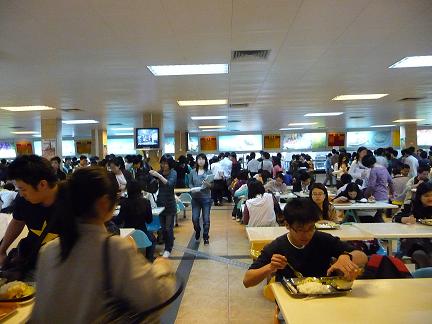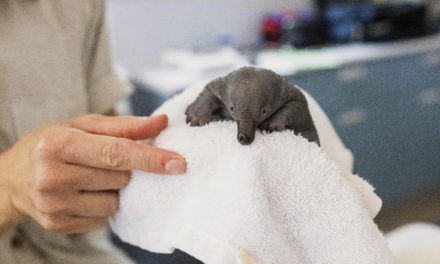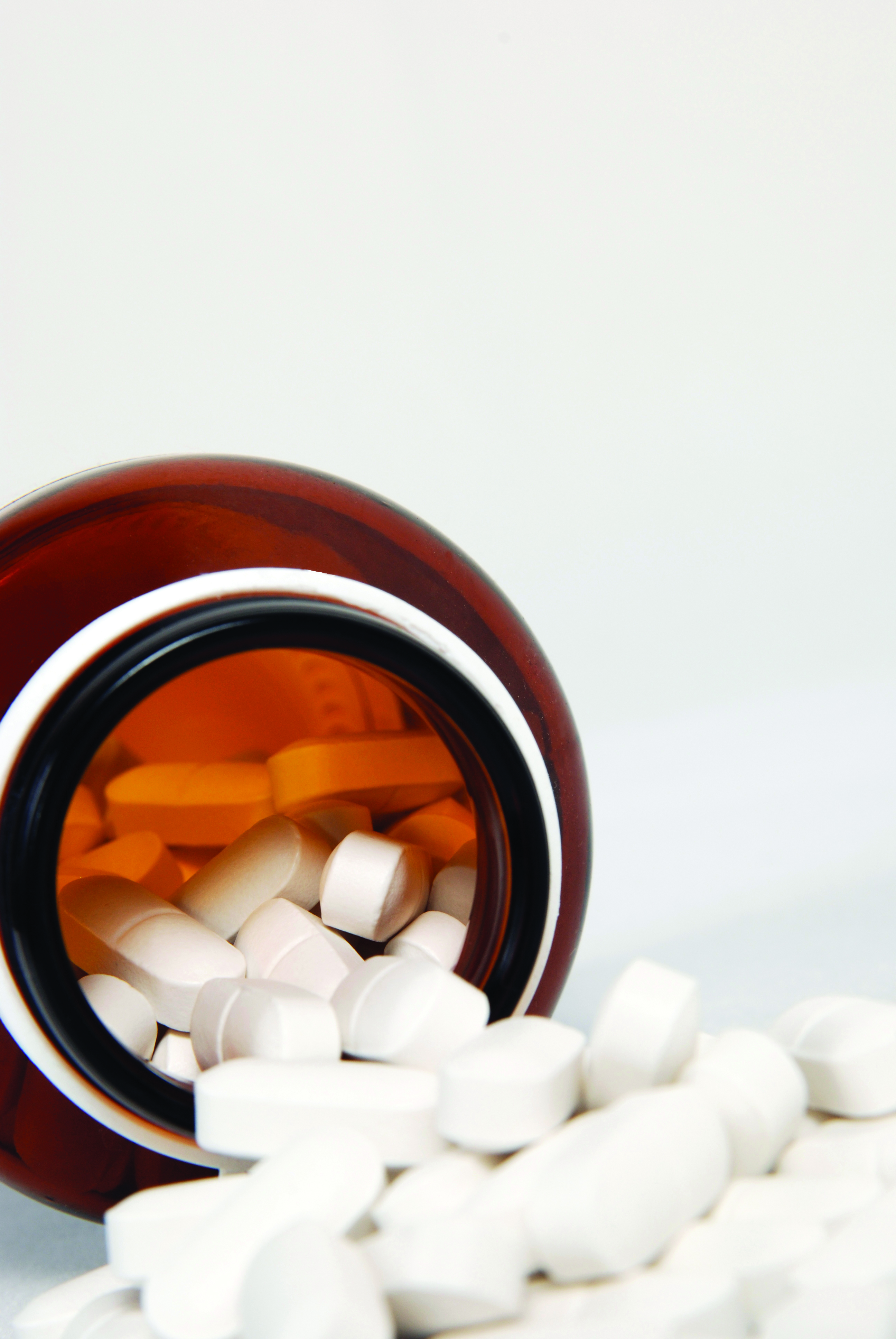Nutritionists from the University of Sydney have started an online campaign to promote an overhaul of state and federal healthy canteen guidelines.
Steph Nash
Senior lecturer in nutrition at the University of Sydney and organiser of the campaign, Dr Kieron Rooney, is calling for a parliamentary review into the national guidelines for healthy food and drinks supplied in school canteens.
Rooney believes the guidelines for school canteens have become too lenient as far as added sugar is concerned.
”The amount of sugar per serve is recorded on the nutrition panel of food and drinks,” Rooney said.
”But canteens don’t need to heed this information because they’re not penalised for selling products with lots of added sugar.”
The guidelines are meant to be based on the 2013 Australian Dietary Guidelines, which labels fats and sugars as ‘discretionary’ food items, and suggests they should be limited in a child’s diet.
The national guidelines for canteens break down food items in to three categories: the green category includes nutritionally rich foods that are to be sold everyday; the yellow category includes foods and drinks that are both nutritionally rich and high in fat, salt or sugar – these are only to be sold occasionally; and the red category includes high fat, high salt and high sugar products that are not endorsed to be sold at all.
Foods are then placed in a tabulated guide for public canteen managers, assessing various food and drink items based on levels of kilojoules, fat and salt content.
Rooney argues that this system allows canteen supervisors to add otherwise discretionary items to the yellow category, and sell them to children on a regular basis.
“Australia’s canteen rules are outdated and need an urgent check-up, because many compliant foods are high in added sugar,” Rooney said.
NSW canteens were once following the 2003 Dietary Guidelines for Children and Adolescents, whose views on added sugar could retrospectively be considered concerning.
The guidelines advised ‘moderate’ amounts of sugar to be included in the Australian diet, since small amounts of sugar make other wise nutritional sound foods more palatable. The new guidelines compare much better to the old ones, but Rooney stresses that this is not enough.
“The World Health Organisation recommends children’s sugar intake to be less than 10 per cent,” Rooney said.
“Excess sugar is associated with type two diabetes and obesity.”
Rooney’s campaign calls for a parliamentary review of the national guidelines, suggesting that stricter policies need to be upheld in all states and territories to protect the health of children. To get involved, visit iquitsugar.com/get-sugar-out-of-your-school-canteen/












